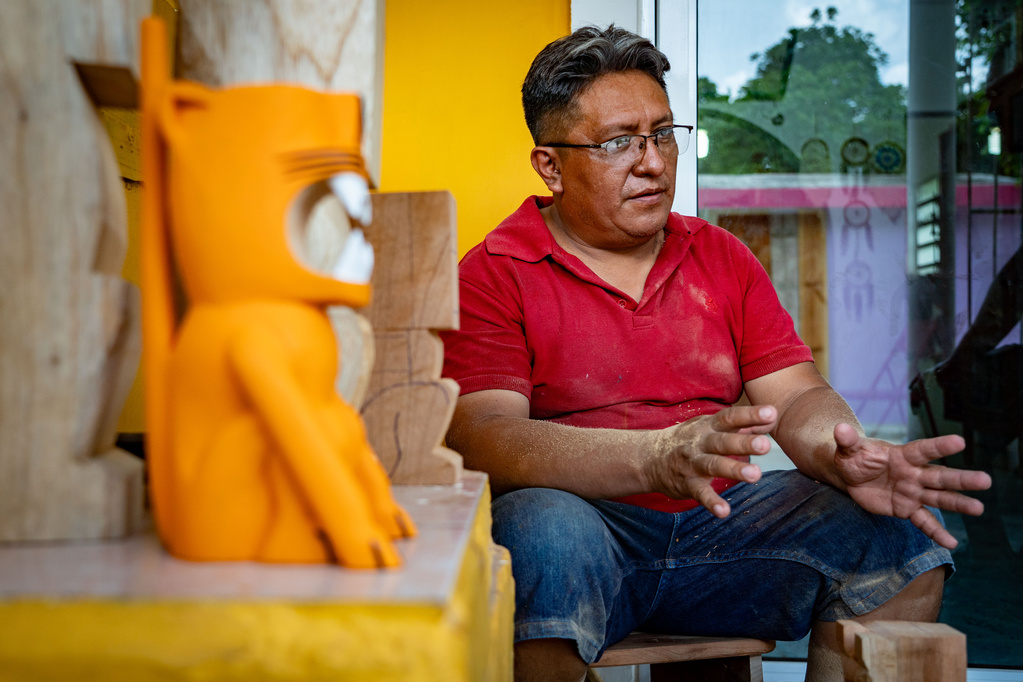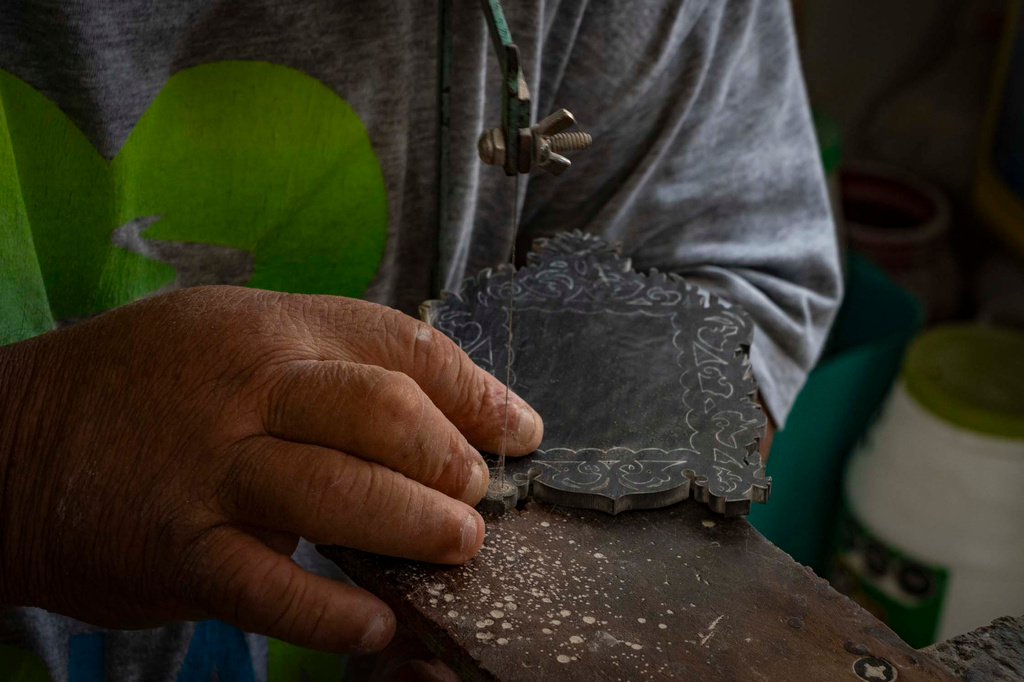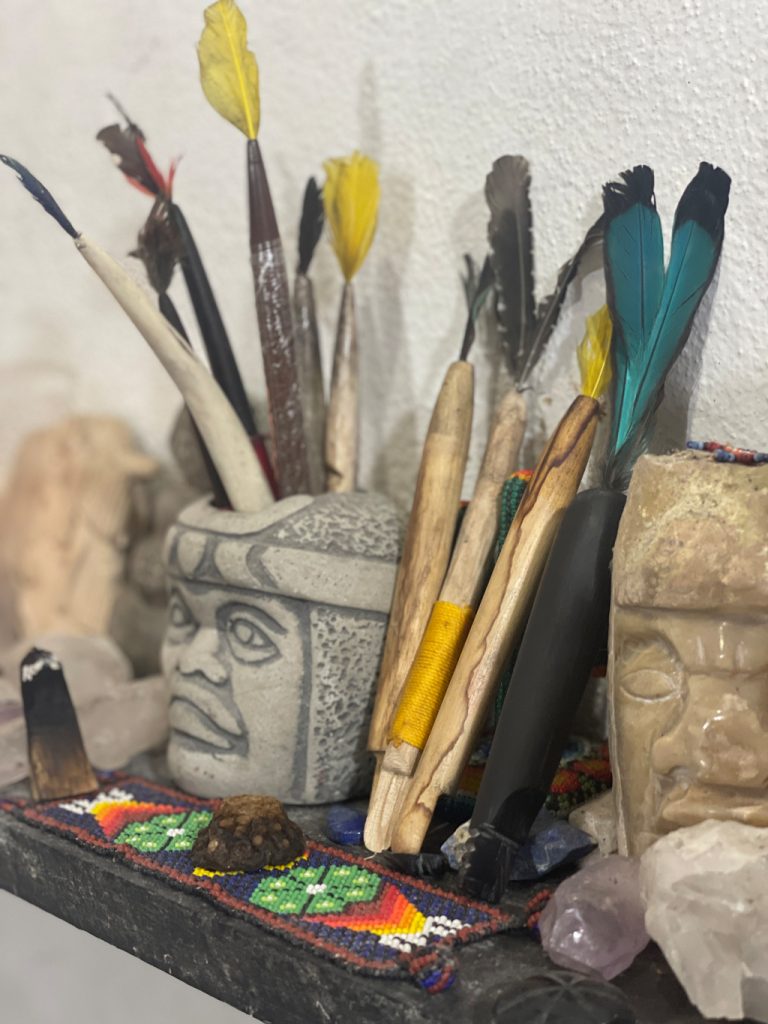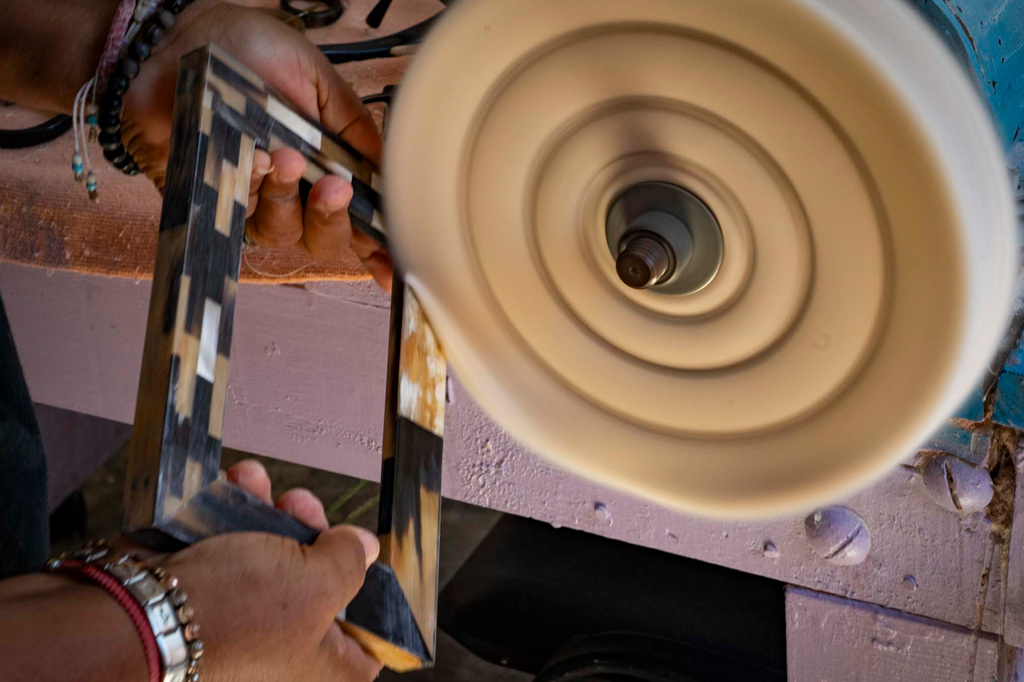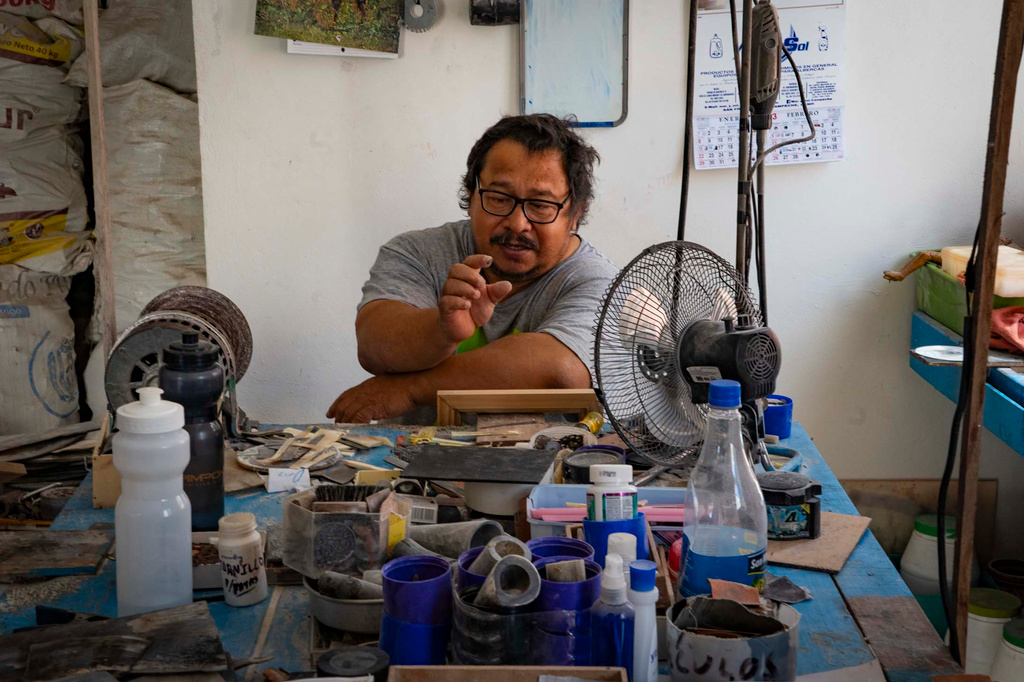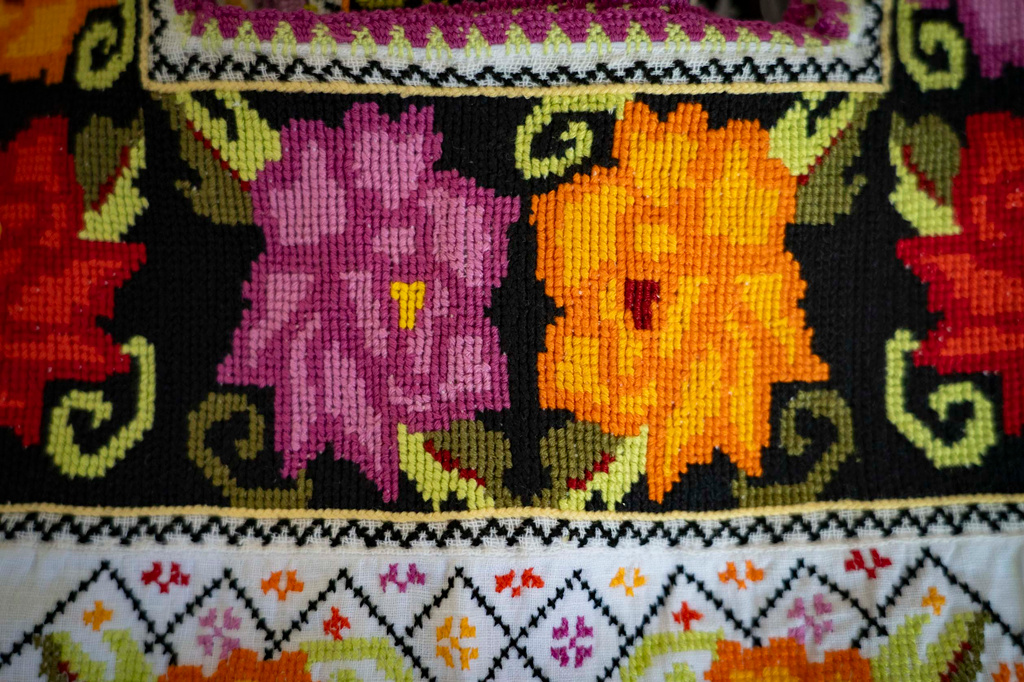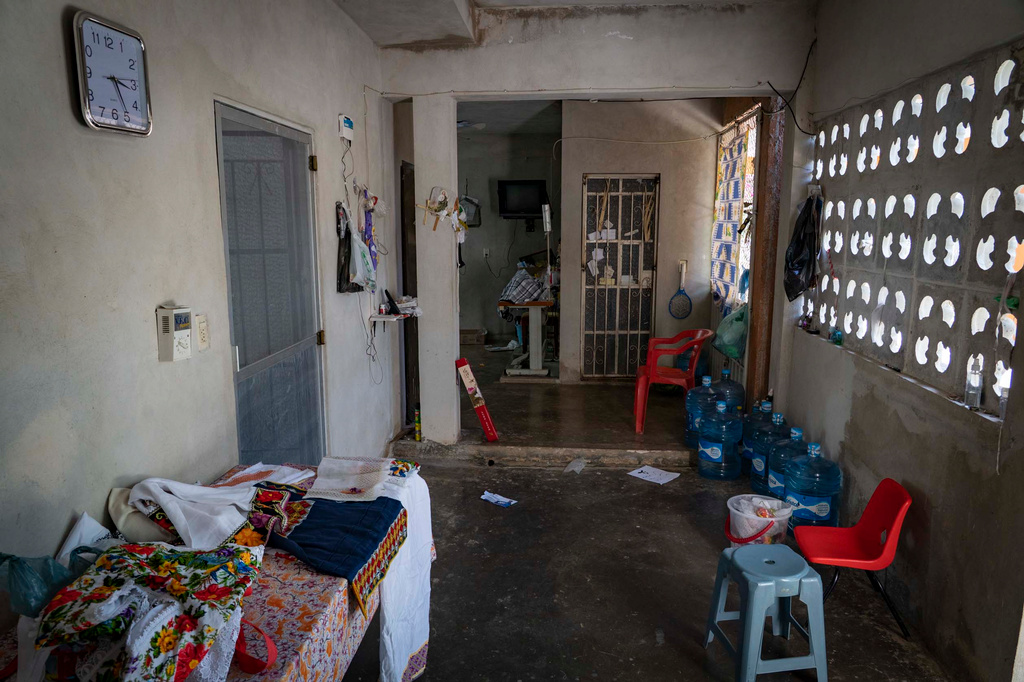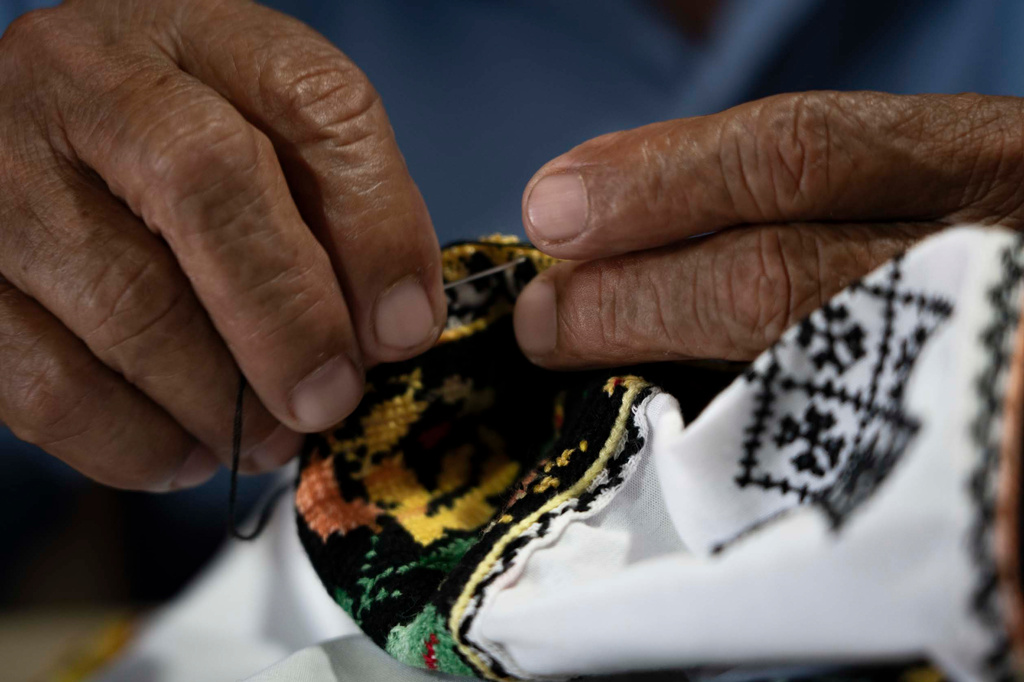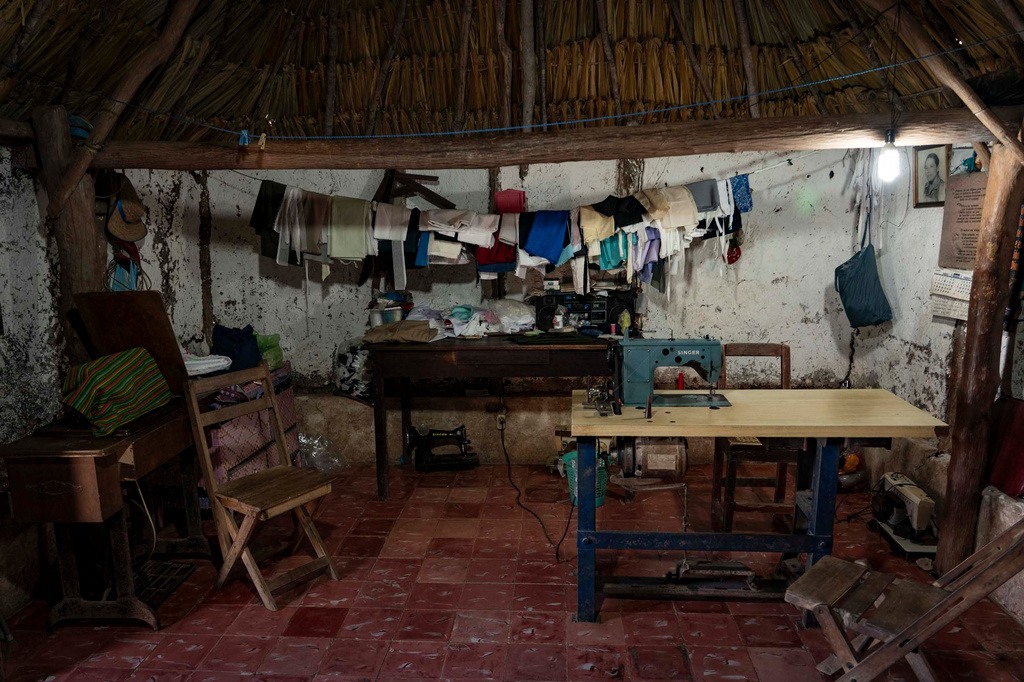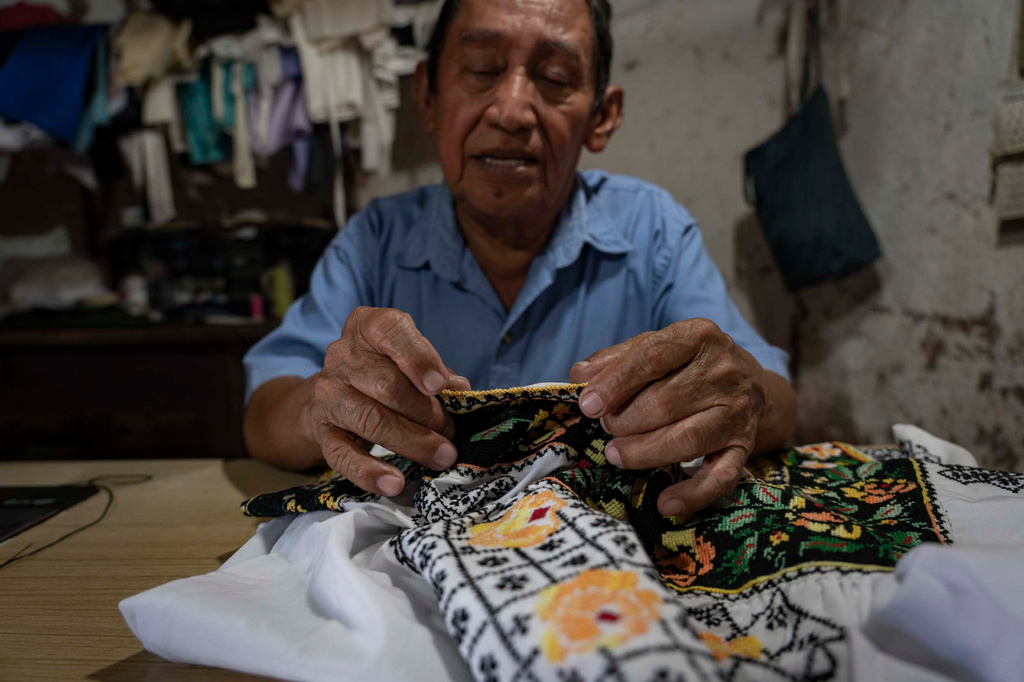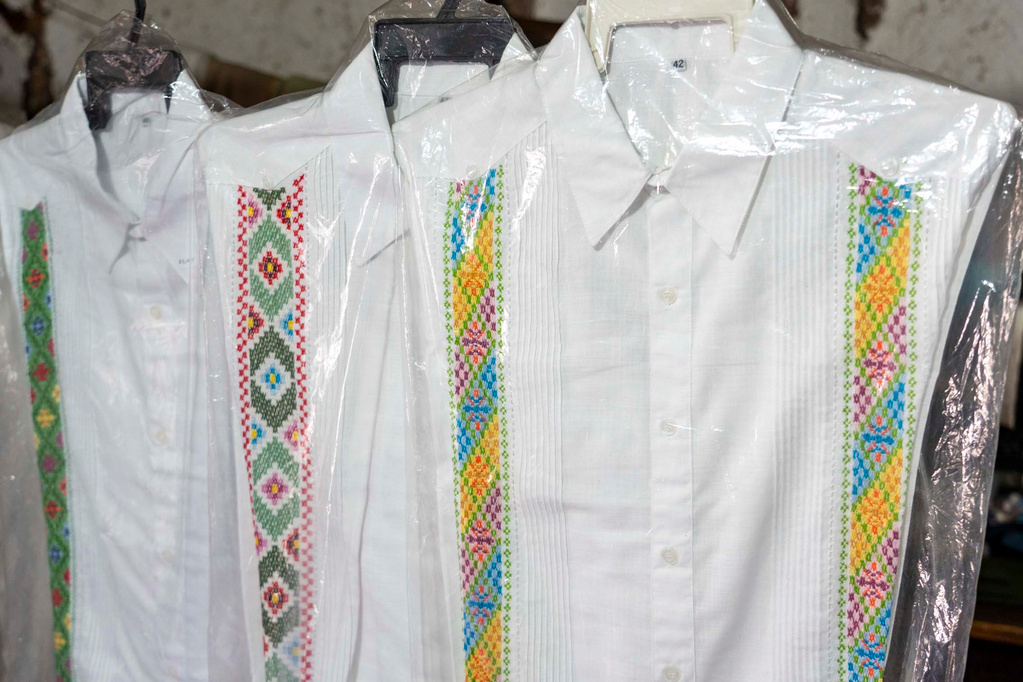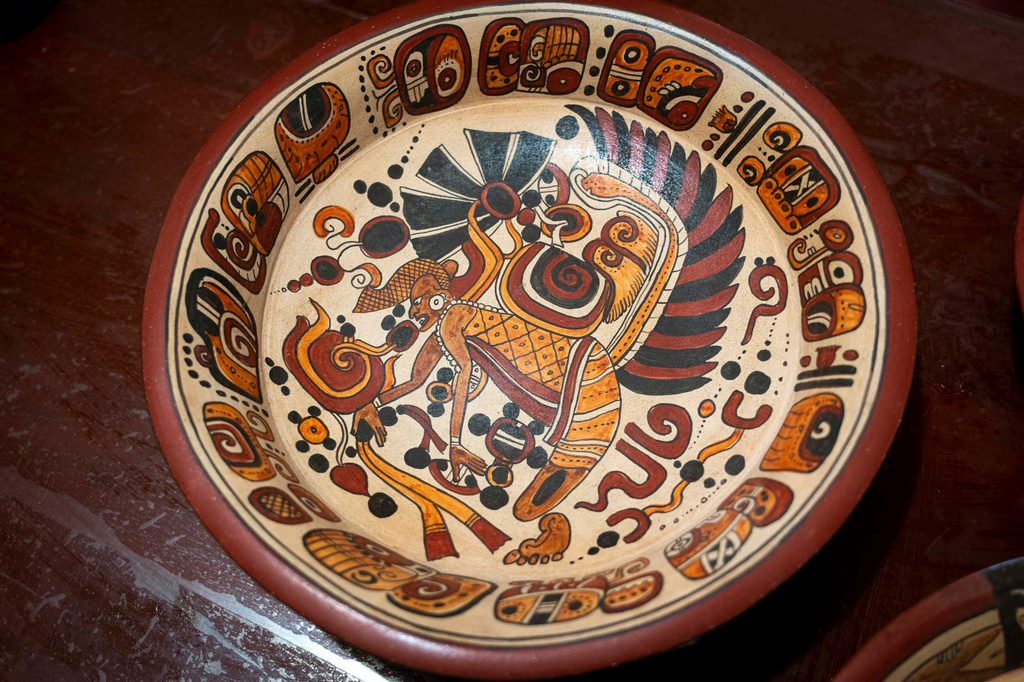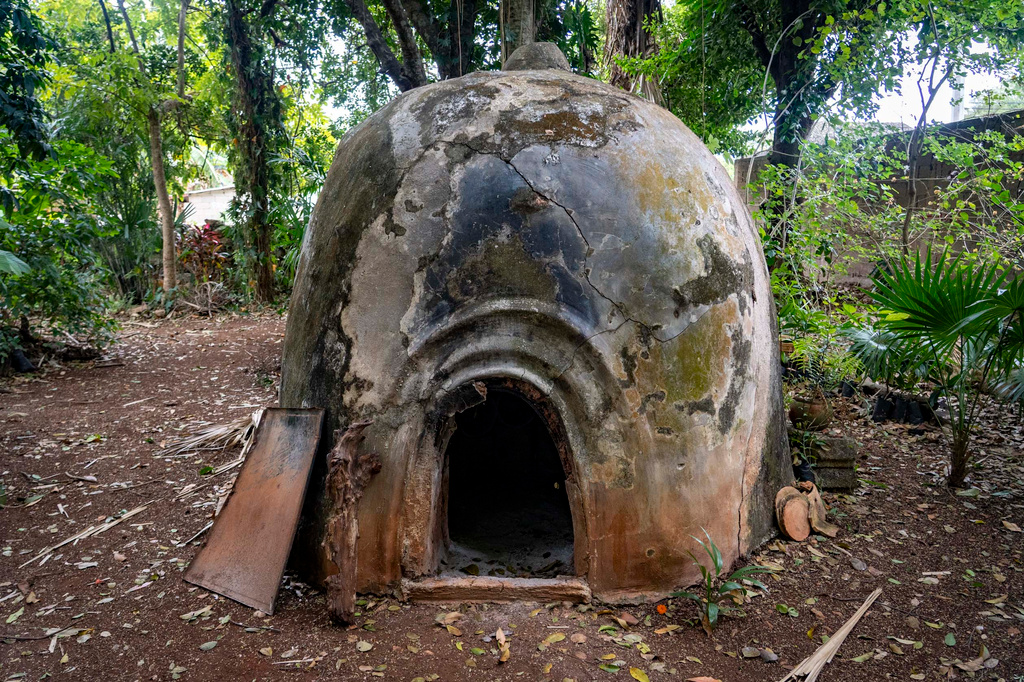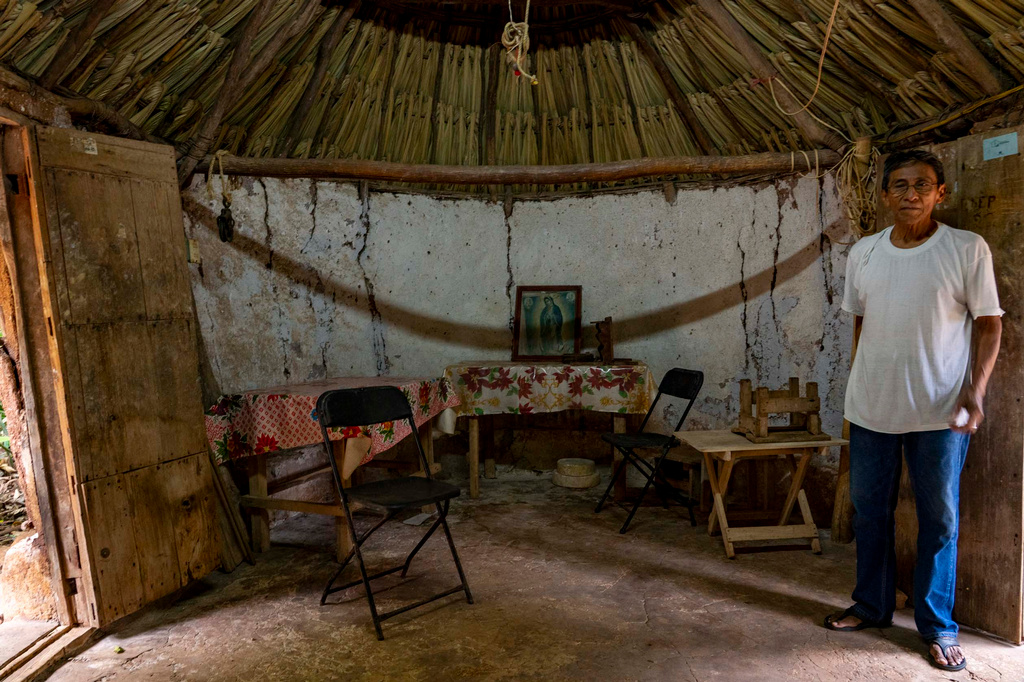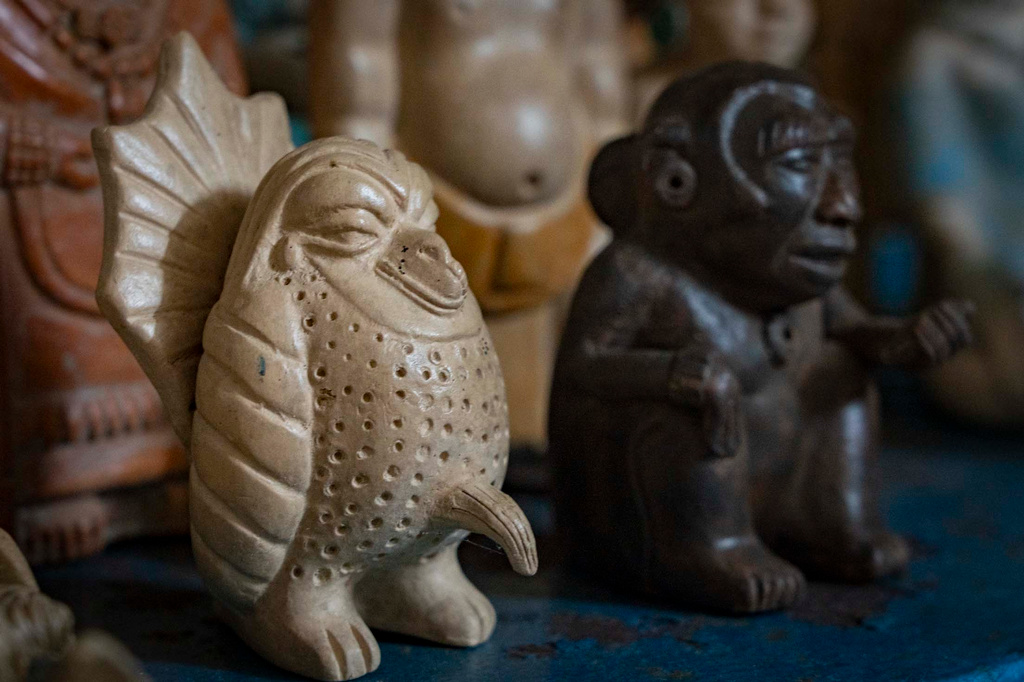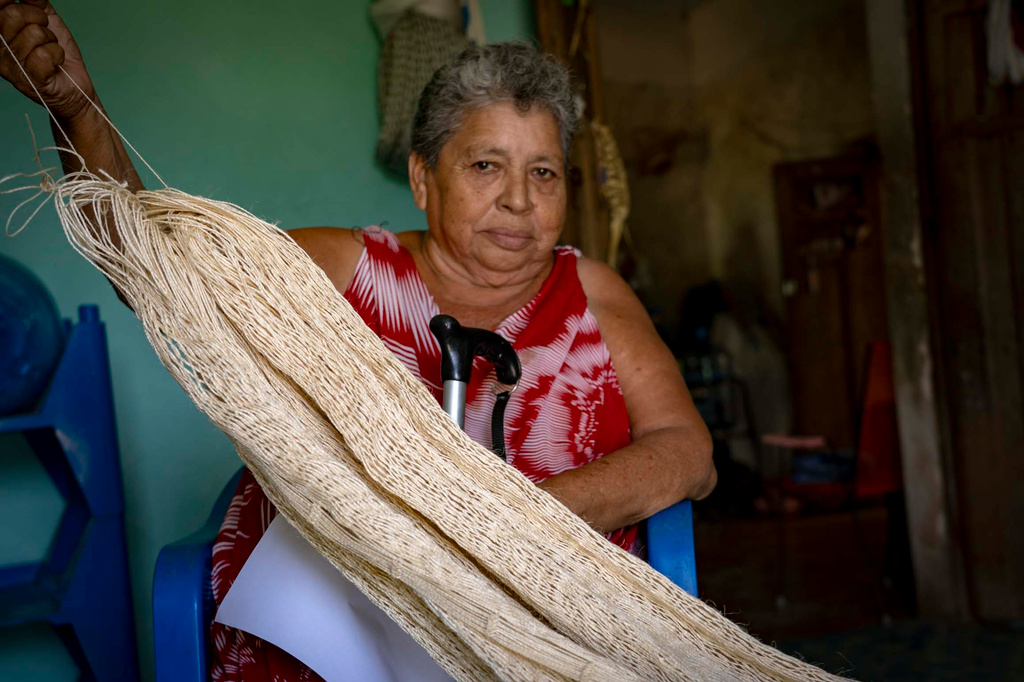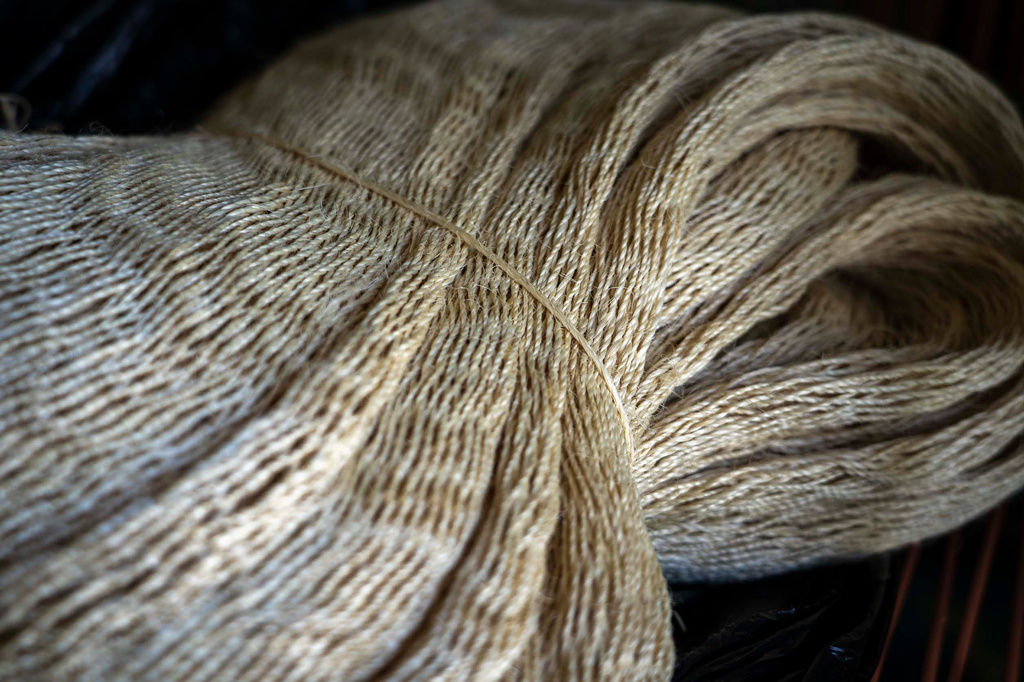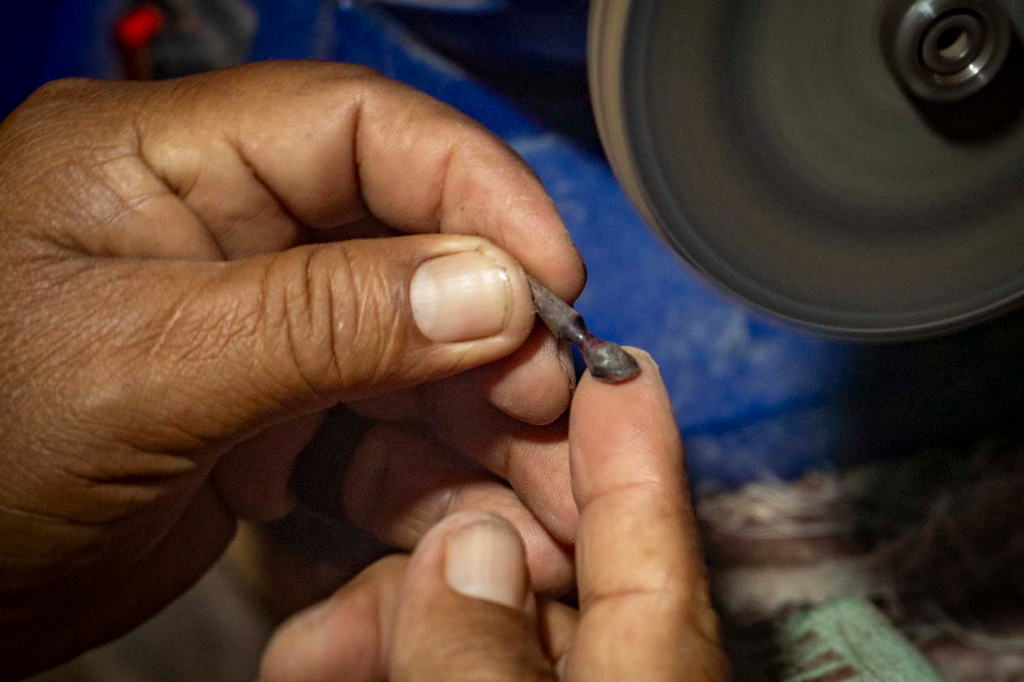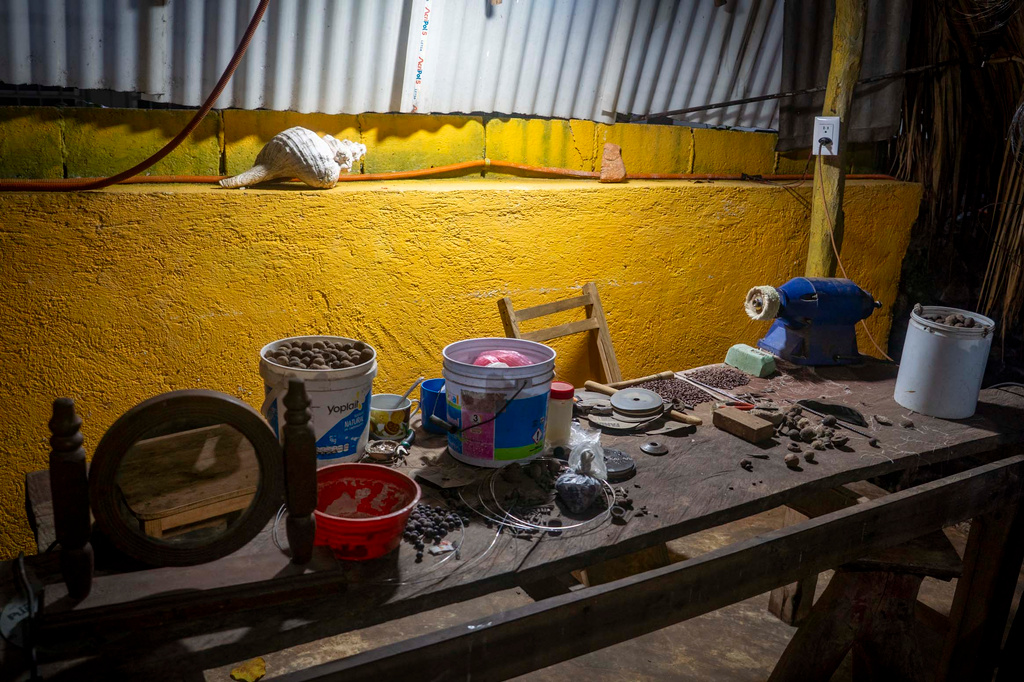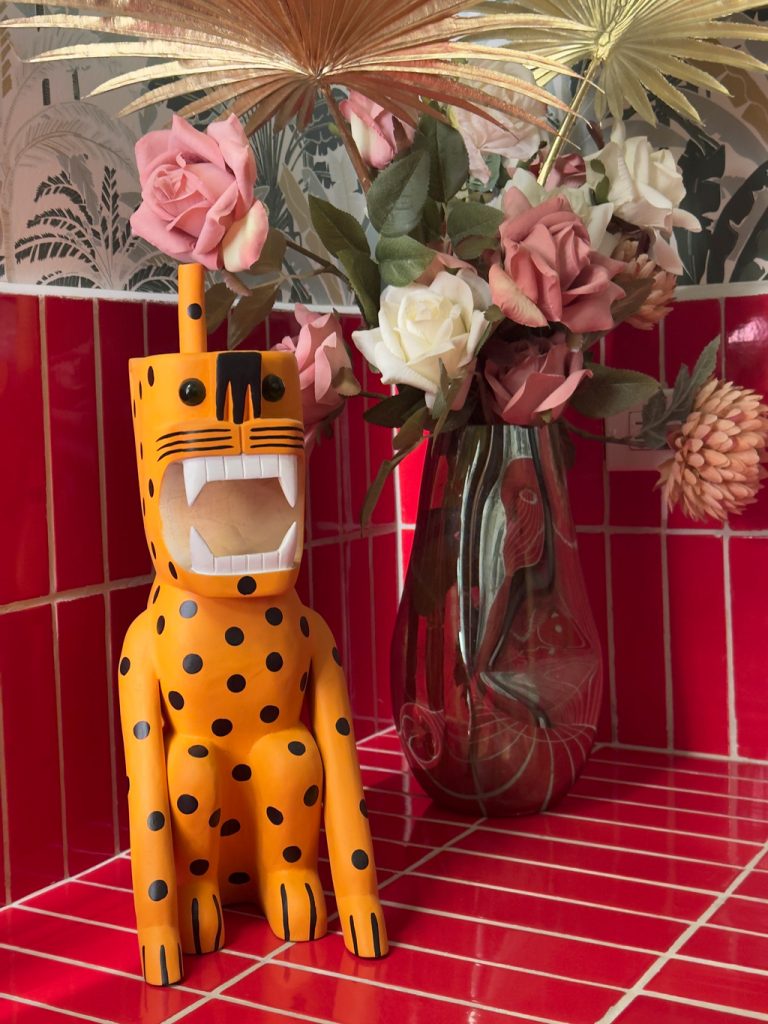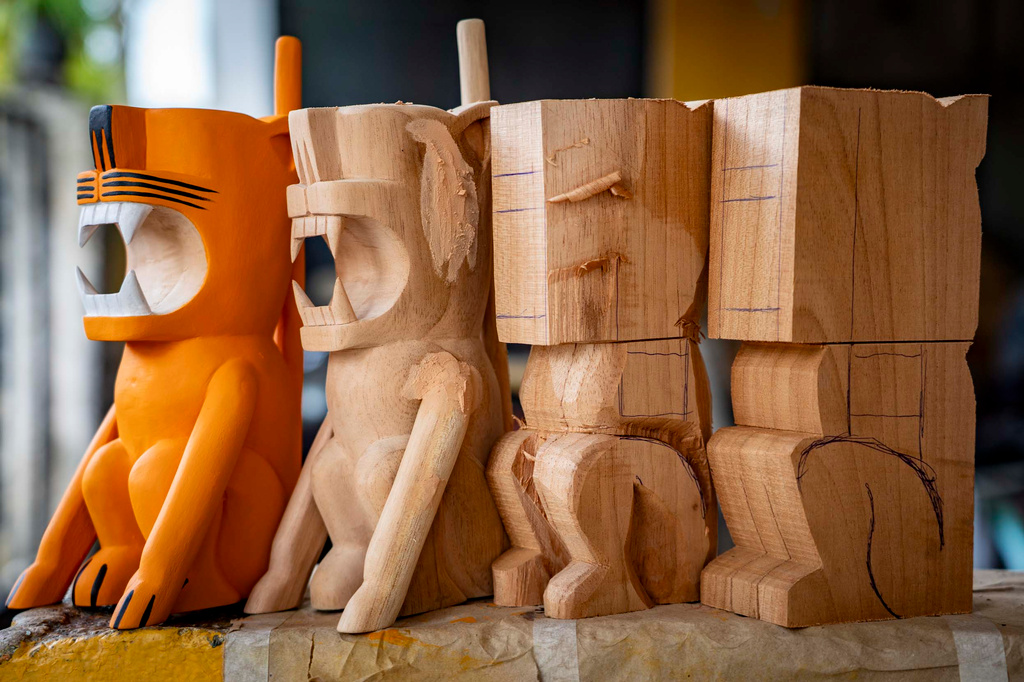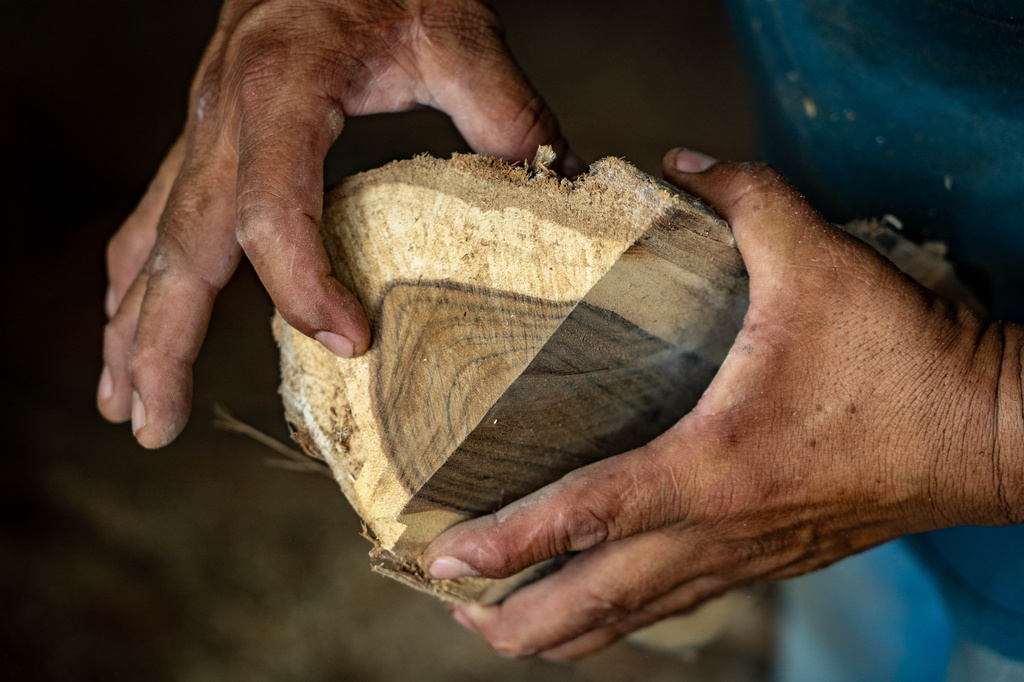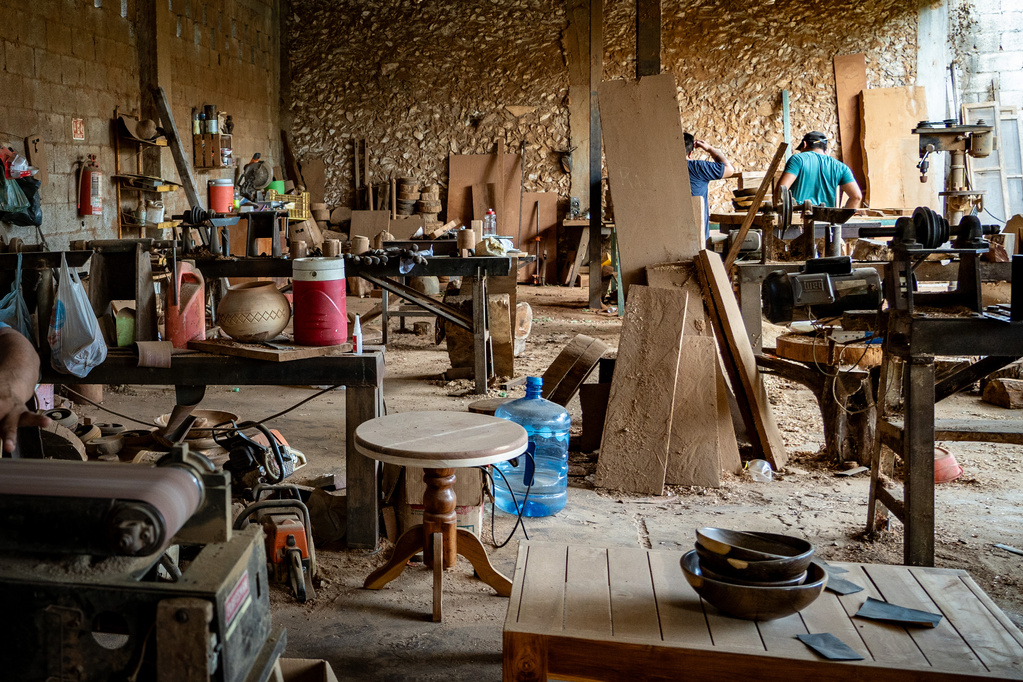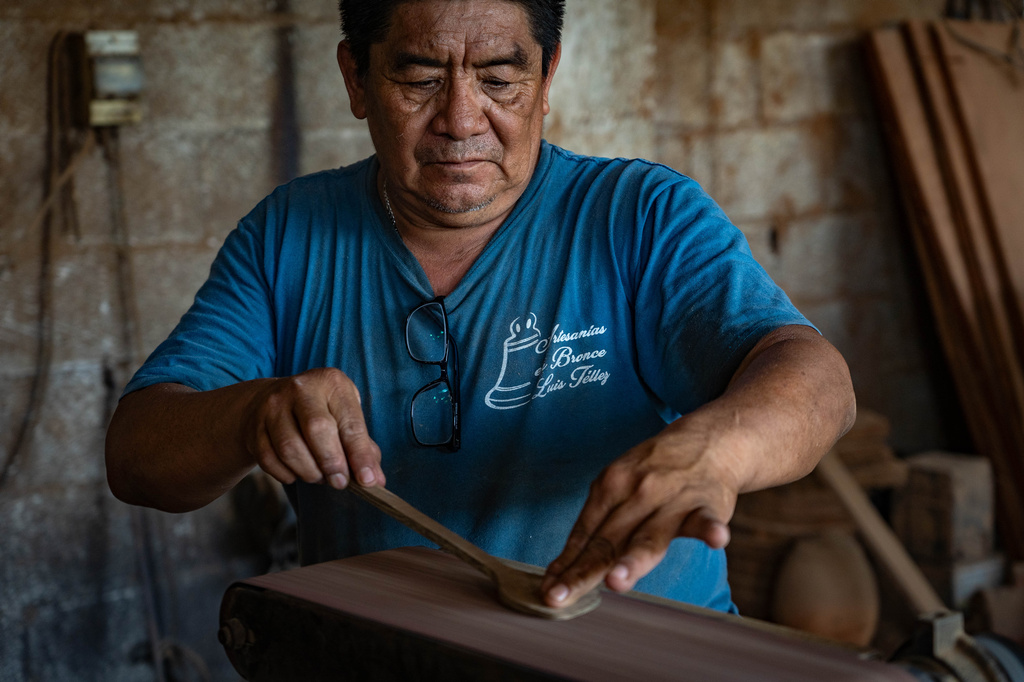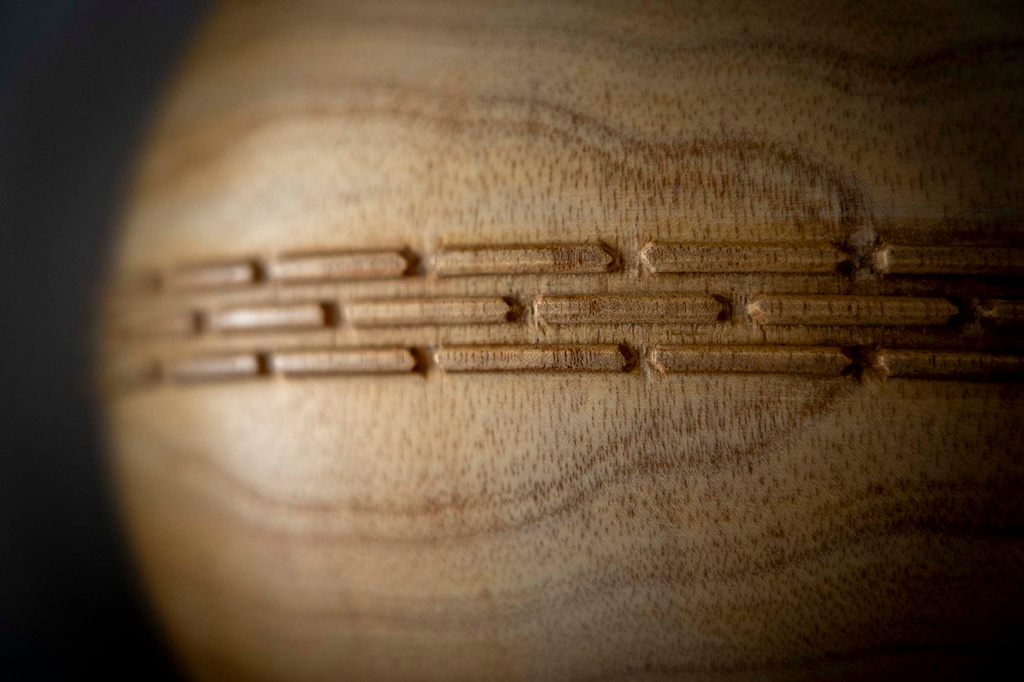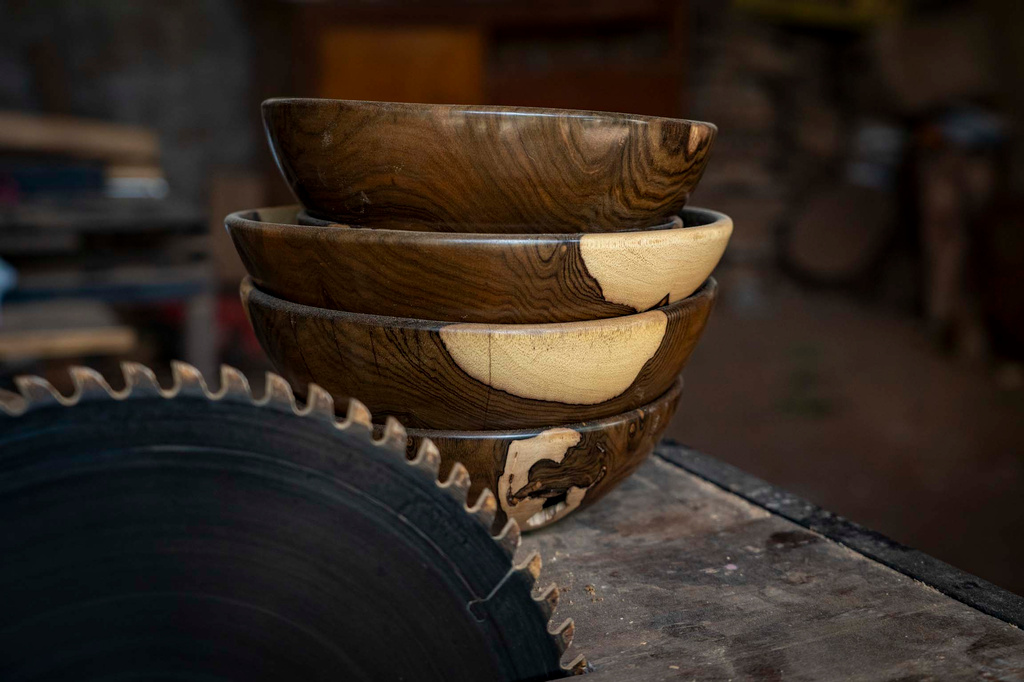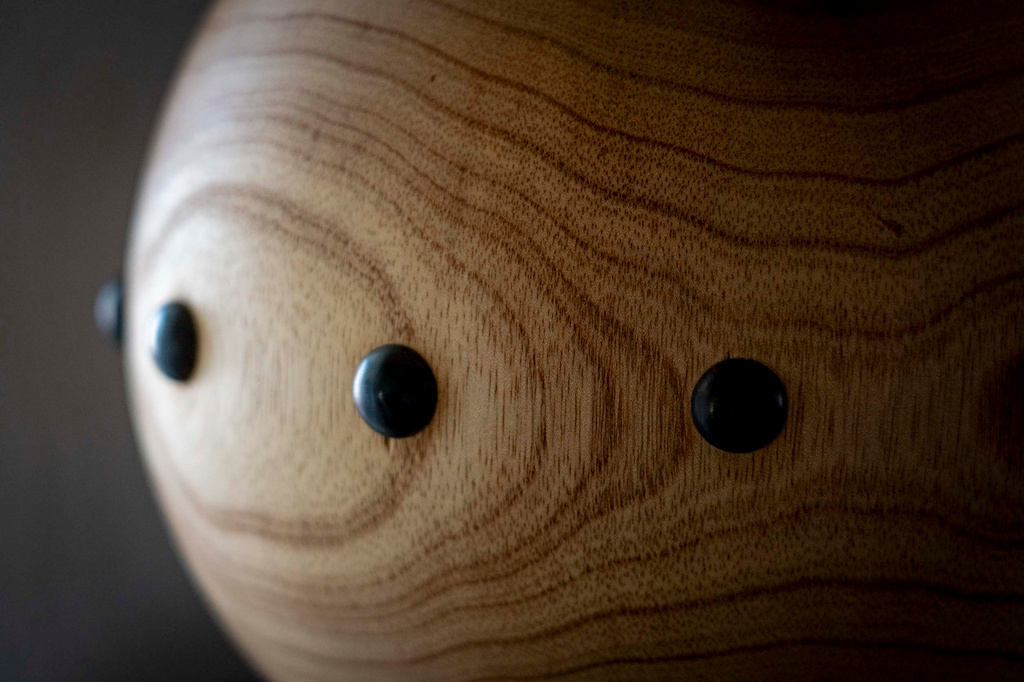Photographer Sergio Autrey pays tribute to the artisans of the Yucatán Peninsula.
For the past three years, I have travelled across the Yucatán Peninsula, documenting its landscapes, people, and traditions. My journey has taken me deep into the heart of the region, capturing the essence of its history and culture. However, along the way, I realised my archive was missing an essential part of the region’s identity, its traditional crafts.
One day, while out in the field, I stopped by a local market in search of some embroidery. Instead of the intricate, handwoven designs that have been passed down for generations, I found mass-produced garments, the once vibrant patterns now reduced to printed imitations on cheap fabric. It was a disheartening sight, a rich artistic legacy fading in the face of modern convenience.
Determined to uncover the true masters of the craft, I set out on a side quest, this path led me into the homes and workshops of the artisans who continue to create with skill, patience, and a deep connection to their heritage.
This photo essay is a tribute to them, the guardians of tradition, the keepers of knowledge, and the artists whose hands continue to shape the cultural identity of the Yucatán Peninsula. Through these images, I hope to share a glimpse of the magic, dedication, and soul embedded in their work and lives.
Mario Nadal, Bull Horn
- Mario Nadal’s hands shaping with precision
- Mario Nadal’s workshop, with sacks full of horns waiting to be processed
- Mario Nadal’s tattoo instrument resting in Palenque, adorned with Toh bird feathers I found inside a Mayan ruin.
- Mario Nadal’s geometric designs, form and symmetry
- Mario Nadal in his workshop explaining his process and technique
- Mario Nadal Bull horns drying in the sun outside the shop
My first stop was in the city of Campeche, where I visited the Nadal family workshop. Mario Nadal, son of Miguel, is now a master artisan, carrying on a tradition that has been in his family for generations. He learned his craft from his father, who originally worked with carey (hawksbill turtle shell). However, when the use of carey was outlawed, they had to find an alternative material that maintained the same beauty and quality. That’s when the bullhorn became their new medium.
The transformation process is meticulous. The horns are first cleaned and left to dry in the sun, a stage that releases a strong, putrid smell. Once dried, they are heated, softened, and shaped into intricate designs. The final material closely resembles carey, with its rich, translucent tones. Mario’s work ranges from jewellery and picture frames to ornate boxes and decorative pieces, many featuring elaborate geometric patterns. His craftsmanship is impressive, but the process comes with challenges. When the horn is cut and polished, it turns into a fine powder that carries a distinctive smell. Over the years, prolonged exposure has begun to affect Mario’s respiratory health.
During my visit, I noticed a piece of untreated horn that reminded me of the tool a tattoo artist friend of mine uses for hand-poked tattoos in the jungle of Palenque. I asked Mario if he could modify it, planning to pick it up on a future trip. A few months later, while passing through Campeche on my way to Palenque, I stopped by the workshop—the tool was ready. Not long after, deep in the jungle, I found myself getting a hand-poked tattoo with it.
Ruperta “La Chula” Ek Canul, Embroidery
- La Chula Traditional embroidery from a Yucatecan huipil
- La Chula sits in her small chair, focused on her stitching
- La Chula’s skilled fingers carefully guide the needle
- La Chula’s modest home doubles as her workspace
- La Chula An example of rescue stitching
Finding La Chula’s house in Hopelchén, Campeche, was not easy. After asking around town, I finally arrived at her door. I had imagined a proper workshop, but instead, she welcomed me into her home, a modest space where she sits on a plastic chair, embroidering intricate designs onto traditional huipiles.
As we talked, she showed me different styles of embroidery, including what she called “rescue” embroidery, patterns she carefully reconstructs from memory, inspired by the designs she saw as a child while sitting under her grandmother’s table. Each stitch preserves a fragment of the past, a tradition she refuses to let fade.
Despite the simplicity of her surroundings, her work has taken her far. She spoke of her travels to New York and Rome, where she even presented an embroidered piece to the Pope. Yet, for all the recognition she has received, life remains difficult. As we sat talking, she was waiting for her grandson to arrive; he was bringing her some beans, as she had nothing to eat that day.
Nazario Yam Yam, Textiles and Embroidery
- Nazario Yam Yam’s precise craftsmanship
- Nazario Yam Yam’s humble workspace, where a vintage sewing machine tell the story of a lifetime dedicated to craft.
- Nazario Yam Yam’s house and workspace, a traditional Maya home with a thatched roof
- Nazario Yam Yam shows examples of his embroidery
- Nazario Yam Yam combines bold modern colors with traditional patterns
Nazario is a quiet and unassuming man, but his craft speaks for itself. His workshop is a simple Mayan house with a thatched palm roof in the town of Bolonchén, Campeche. There, he carefully crafts guayaberas—the iconic dress shirt of the region, along with finely embroidered huipiles.
Despite the simplicity of his workspace, Nazario’s garments have been worn by presidents and governors, yet he remains deeply humble. Over the years, he has continued to refine his craft, introducing vibrant colors and bold patterns while also drawing inspiration from ancient Mayan geometry. His designs pay homage to tradition while infusing it with new life.
Like many master artisans, his dedication and skill have earned him numerous awards, and his work has been exhibited in some of the most prestigious galleries and cultural institutions. Yet, for Nazario the greatest satisfaction does not come from accolades, but from the quiet act of preserving and evolving the artistry of his ancestors, one carefully stitched pattern at a time.
Roger Juárez, Polychrome Pottery
- Roger Juárez reviving mayan heritage in clay
- Roger Juárez traditional kiln where fire transforms tradition
- Roger Juárez stands within the walls of his craft
- Roger Juárez small pieces, big stories
Roger is a master artisan in traditional pottery from the town of Ticul, Yucatán. As a young boy, he learned the craft by watching his grandparents, gradually perfecting his technique until he became the skilled artisan he is today. He works with the same white clay the Maya once used, collecting it himself and shaping it on a potter’s wheel. His pigments come from natural elements, just as they did centuries ago.
Stepping into his home, a traditional Mayan house with a palm roof, like many in the region, you are first met with an unexpected scent, a strong trace of cat urine. But that quickly fades into the overwhelming presence of his art. Shelves and tables overflow with ceramic pieces, from small figurines to large vases, all adorned with intricate Mayan motifs.
In his backyard, a large clay oven, weathered but still standing strong, bears witness to decades of craftsmanship. Scattered around it, fragments of broken pottery, some freshly discarded, others seemingly ancient, blend into the earth. They are all part of the same lineage, a craft passed down through generations, shaped by fire and time.
Maria Ofelia Madariaga, Hammocks and Flexible Fibres
- Maria Ofelia proudly displaying her craftsmanship
- Maria Ofelia The finished weave folds into place
- Maria Ofelia The artistry is in every fiber
- Maria Ofelia Sleeping beauty’s rustic spindle
I arrived at María Ofelia’s house in Euan, Yucatán, and after a brief introduction, she invited me to walk with her to her workshop. Age and health have slowed her down, but not her determination. Leaning on a cane, she carefully made her way across the train tracks, taking her time with each step.
As we walked, she told me about her daily routine. She starts work before sunrise, when the air is still cool, and continues until the heat becomes too much, usually before noon. Inside her workshop, she proudly showed me a freshly finished hammock, stretching it out so I could see the detail in the weave. It was large, at least queen-sized, sturdy yet soft, big enough for more than one person to lie in comfortably.
Before I left, she led me to the backyard, where her spindle wheel stood under the blazing sun. A bicycle tire rim with rusted spokes, repurposed for spinning thread. The sight of it reminded me of a rustic Sleeping Beauty tale, except there was no fairytale slumber here—only the quiet persistence of a woman keeping an ancient craft alive, one thread at a time.
Esteban Aban, Cocoyol and Henequén jewellery
- Esteban Aban
- Esteban Aban shaping the hoof
- Esteban Aban’s workshop where seeds and thorns transform
Esteban is quite a character. The first time I visited him, I brought my two young daughters, and from the moment we arrived, he had them hooked. As he explained how he harvests and treats cocoyol seeds and henequén thorns, he suddenly shouted, “Bring me the horse leg!” My daughters looked at him, both intrigued and horrified. He carried on with his explanation, then turned to them and asked, “Do you like horse meat?” before calling out again, “Where is my horse leg?”—his playful theatrics keeping them fully engaged.
After showing us the raw materials, he got to work, sanding and polishing a piece while still yelling, “Is the horse leg ready?” Finally, after demonstrating his process and design inspirations, he asked my daughters to extend their hands. When they did, he placed a polished henequén thorn in their palms, carved into the shape of a horse hoof.
I’ve visited Esteban a few times since, and his workshop is always a welcoming space. It sits nestled in his backyard beneath a towering palm tree—the same tree from which he gathers his cocoyol seeds. His small storefront, filled with elegantly crafted jewellery, is one of my go-to places for a thoughtful gift.
Gabriel Pérez, Wood Carving
- Gabriel Pérez
- Gabriel Pérez
- Gabriel Pérez’s Jaguar finds a new home
- Gabriel Pérez art at Centro Cultural Izamal, love at first sight.
- Gabriel Pérez The steps from wood to spirit
The first time I visited the Centro Cultural Artesanal in Izamal, I was immediately drawn to the jaguar statues. There was something about their design and craftsmanship that felt special. Curious about the artist, I sought him out and found Gabriel in his workshop. We talked for a while, and I commissioned a piece from him. He told me to return in a couple of weeks so we could document the process.
When I came back, he had several pieces in various stages of completion, allowing me to see how the jaguar took shape, step by step. His workshop, really just the porch of his store, was filled with the scent of freshly cut wood, a smell I’ve always loved. As he worked, he explained how he had to teach himself the craft, not through family tradition but out of necessity while selling in the market. It was there that he developed his unique designs, pieces that he says many have tried to imitate but never quite replicate. Watching him work, it was hard to imagine he had ever done anything else. Now, every day I see the jaguar in my home, a reminder of Gabriel’s skill and the story behind it.
Guillermo Piste, Woodturning
- Guillermo Piste
- Guillermo Piste
- Guillermo Piste
- Guillermo Piste’s detailed precision
- Guillermo Piste metal and wood come together as forms take shape
- Guillermo Piste The craft is in the detail
Guillermo’s workshop is one of the more established ones I’ve visited, not just in size but in the way it blends a spacious work area with a storefront full of finished pieces. He takes great pride in his craft and in carefully sourcing his materials, all gathered from around the region. He told me he’s always on the lookout for housing developments because when they clear the land, he can often find good wood.
The workshop itself can feel chaotic, with multiple projects in progress, wood shavings scattered across the floor, and unfinished pieces waiting their turn. But amid the seeming disorder, there’s a rhythm to the work. His team moves efficiently, and the rich, earthy aroma of freshly cut wood fills the air.
Beyond his craftsmanship, Guillermo is deeply committed to sharing his knowledge. He teaches not only locals from nearby towns but also students from universities and even visitors from abroad who come to learn his techniques. Like all master artisans, he has a signature style that you can recognise his work from across a room.
His workshop, located in Dzityá on the outskirts of Mérida, is one of my favourite places to visit when searching for a thoughtful gift. Holding one of his pieces, you immediately feel its weight not just in craftsmanship, but in skill.
About Sergio Autrey
 Sergio Autrey is a photographer and producer based in Mérida, Yucatán. His work, which captures the cultural and natural richness of Mexico, has been exhibited around the world and featured in numerous publications. In addition to his visual work, he has an accomplished career in music and film, earning gold and platinum records, as well as recognition at major film festivals and the Mexican Academy Awards. His multidisciplinary approach weaves together storytelling, heritage, and artistry. Visit www.sergioautrey.com and follow @s_autrey
Sergio Autrey is a photographer and producer based in Mérida, Yucatán. His work, which captures the cultural and natural richness of Mexico, has been exhibited around the world and featured in numerous publications. In addition to his visual work, he has an accomplished career in music and film, earning gold and platinum records, as well as recognition at major film festivals and the Mexican Academy Awards. His multidisciplinary approach weaves together storytelling, heritage, and artistry. Visit www.sergioautrey.com and follow @s_autrey

